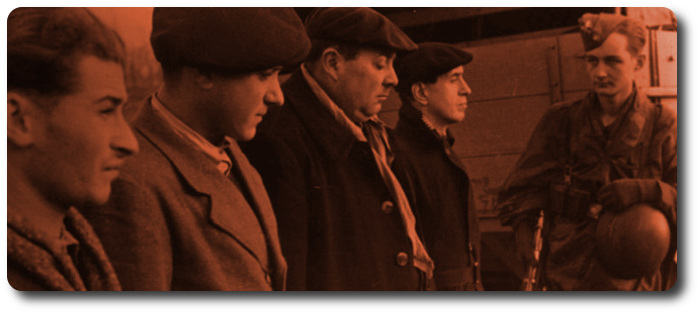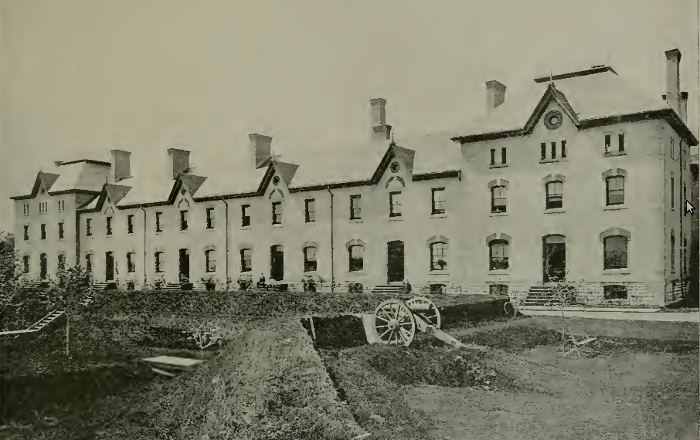Topic: Leadership

Adjustment of the soldier to an Oversea Environment
Department of the Army Pamphlet 350-14; Training Guide for Commanders of Company Sized Units; 31 July 1967
The astute commander must not only be a leader and trainer of men, but a student of psychology and human nature as well.
a. The soldier who steps off the ship or plane upon his arrival overseas is faced with the problem of adjusting to two types of new environment, geographical and situational. In most instances, this will be his first trip outside the United States; specifically his first experience in a foreign country. But even if he has been overseas before, he will find many changes and feel the necessity of adjusting to these changes. As with all other problems in a command, it's the commander who is responsible to see that the soldiers become adjusted.
b. The new arrival should be indoctrinated in the customs of the country in which he is stationed. He should be encouraged to meet his new neighbors, learn their ways, study their language, and become familiar with their history. Commanders exercising the proper guidance and indoctrination can reap unending benefits from an effective orientation, not only through better community relations, but in higher morale of their troops. Once he has adjusted to his new surroundings, the strangeness of being in a foreign country will gradually wear off and he will become more productive as a soldier.
c. Being away from home may tend to lower the morale of the new arrival, but if his energies are directed into the right channels, all will benefit. Facilities for off-duty education are available and their use should be encouraged. For those who shy from "book-learning" but would like some practical acquaintance with geography, history, and local customs, the recreation and travel opportunities are unlimited, and as such as probably available to many for the first and last time. Each commander should guide and encourage his men to take maximum advantage of these unique opportunities.
d. Simultaneously with adjustment to his new geographical environment must come adjustment to his new situational environment. This transformation is one of attitude, in which the new arrival must be made to realize that he is no longer in a basic training or garrison situation. He must now apply the training principles and garrison experience he has gained. He must be made aware of the seriousness of his situation—that he is in the front line of defense against aggression. While there are many educational and recreational diversions overseas, the commander must keep the new arrival constantly alert to the necessity of keeping himself combat ready. The astute commander must not only be a leader and trainer of men, but a student of psychology and human nature as well. He must be able to instill in his men the feeling that they can enjoy their tours of duty overseas, benefit by the experience, and at the same time be prepared to assume more serious endeavors when called upon.
e. Each individual should be thoroughly indoctrinated concerning the importance of his job and how it fits into the "big picture," An individual who feels he occupies an important place in the organization will generally be more effective. He will have a better understanding of the heavy training requirements, of the need for field exercises, and of his small but important part in the free world's fighting forces.
f. You as a commander now have a new replacement. His future value in your unit depends on you. Proper orientation and a continuing program of profitable training, guidance, and information will help him and you. Without these, and left to his own devices in a local gasthaus or bar, he can become a disciplinary problem.



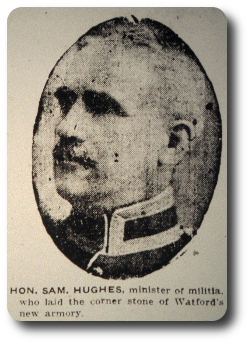 Ottawa, January 14.—The year's work in the Canadian Militia is reviewed in the annual report of the Militia Council presented by Colonel the Hon. Samuel Hughes. The one object sought, says the report in part, was preparedness for war, the power to mobilize at short notice a force of adequate strength, well-trained and fully equipped. In the scheme of defence a few adjustments have been made, but no important changes introduced.
Ottawa, January 14.—The year's work in the Canadian Militia is reviewed in the annual report of the Militia Council presented by Colonel the Hon. Samuel Hughes. The one object sought, says the report in part, was preparedness for war, the power to mobilize at short notice a force of adequate strength, well-trained and fully equipped. In the scheme of defence a few adjustments have been made, but no important changes introduced.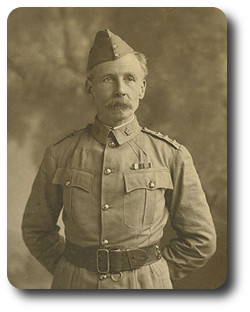 "The main obstacles to our efficiency," remarks General Otter, "present themselves in two forms—lack of money on the one hand and the profusion of it in the form of successful enterprises on the other. The former, militating against the provision of armories and equipment, rifle ranges and training grounds, and so placing obstacles in the prosecution of effective training in its full significance; the latter prevents individuals from sparing the time necessary to fit themselves for the military duties they have assumed."
"The main obstacles to our efficiency," remarks General Otter, "present themselves in two forms—lack of money on the one hand and the profusion of it in the form of successful enterprises on the other. The former, militating against the provision of armories and equipment, rifle ranges and training grounds, and so placing obstacles in the prosecution of effective training in its full significance; the latter prevents individuals from sparing the time necessary to fit themselves for the military duties they have assumed."


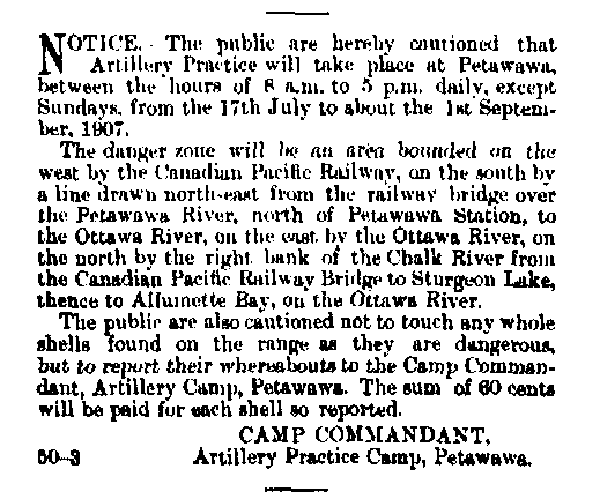


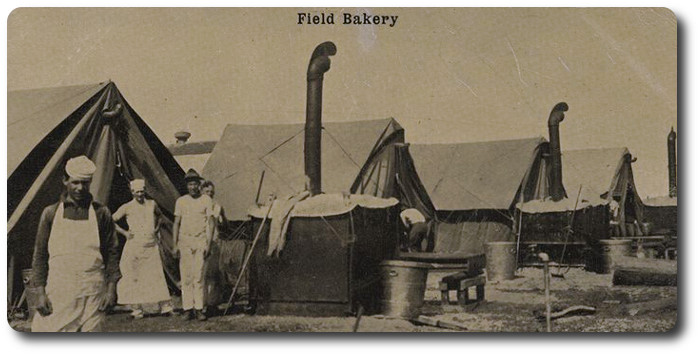
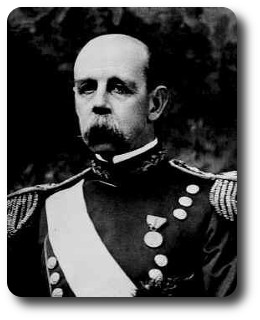 The Commissary Department of the Army of the United States has been brought to perfection and the American soldier is better fed than the man who bears arms under any other flag on earth.
The Commissary Department of the Army of the United States has been brought to perfection and the American soldier is better fed than the man who bears arms under any other flag on earth.

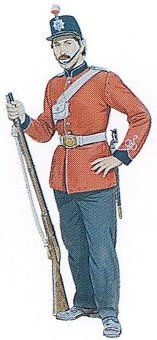 Headquarters
Headquarters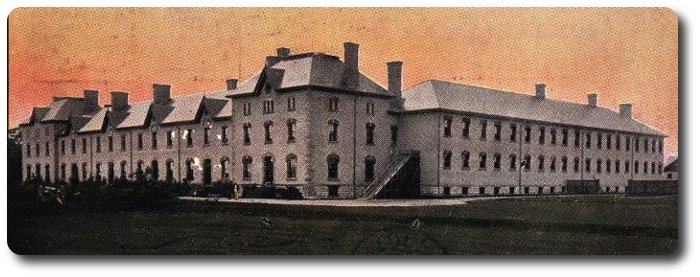
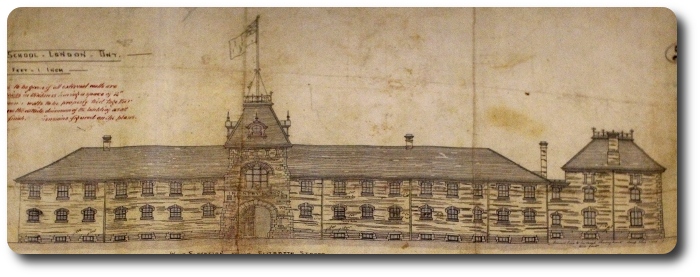
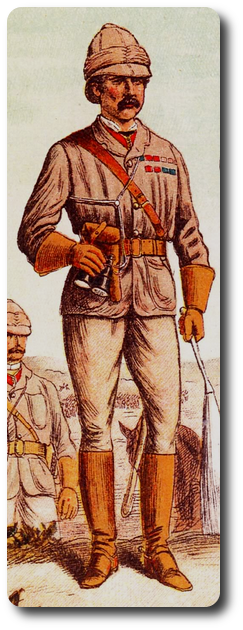 In 1867, there came to Canada, as the senior Staff Officer, a brilliant young soldier who, though but 34 years of age, had already seen service in the Crimea, at the Relief of Lucknow and in China, and who, in 1870, was chosen by Ottawa to command the Red River Expedition to the then almost unknown Canadian West, where the rebel Louis Riel headed an uprising to establish a Republic of North-West Canada.
In 1867, there came to Canada, as the senior Staff Officer, a brilliant young soldier who, though but 34 years of age, had already seen service in the Crimea, at the Relief of Lucknow and in China, and who, in 1870, was chosen by Ottawa to command the Red River Expedition to the then almost unknown Canadian West, where the rebel Louis Riel headed an uprising to establish a Republic of North-West Canada.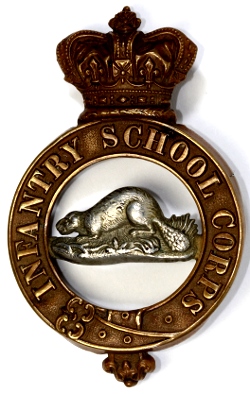 The School was formerly opened on the 31st March, 1888, with Colonel Henry Smith, a veteran of the North-West Rebellion of 1885, as Commandant, and the barracks became headquarters of "D" Company, Royal Infantry (sic). The establishment of the School was six Officers and one hundred N.C.O.'s and men, many of whom were recruited locally; and then started the first courses of instruction.
The School was formerly opened on the 31st March, 1888, with Colonel Henry Smith, a veteran of the North-West Rebellion of 1885, as Commandant, and the barracks became headquarters of "D" Company, Royal Infantry (sic). The establishment of the School was six Officers and one hundred N.C.O.'s and men, many of whom were recruited locally; and then started the first courses of instruction.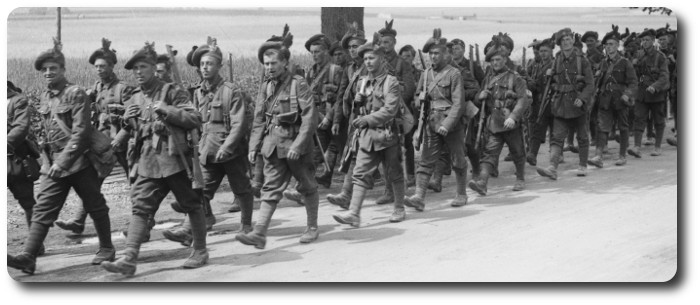
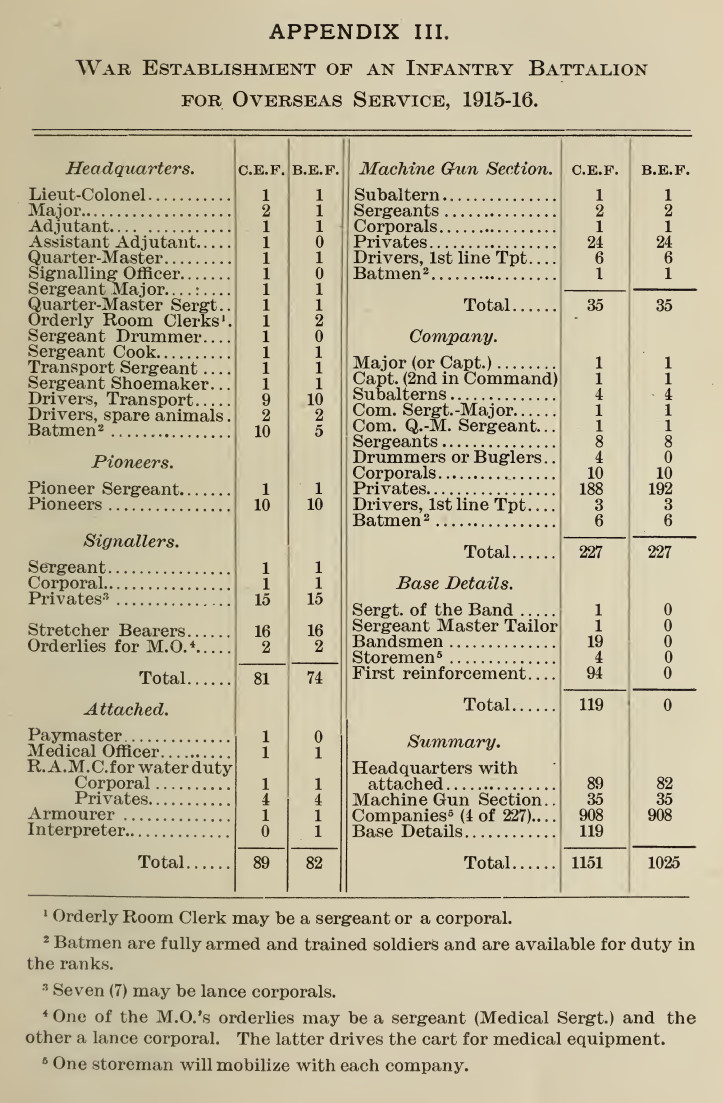
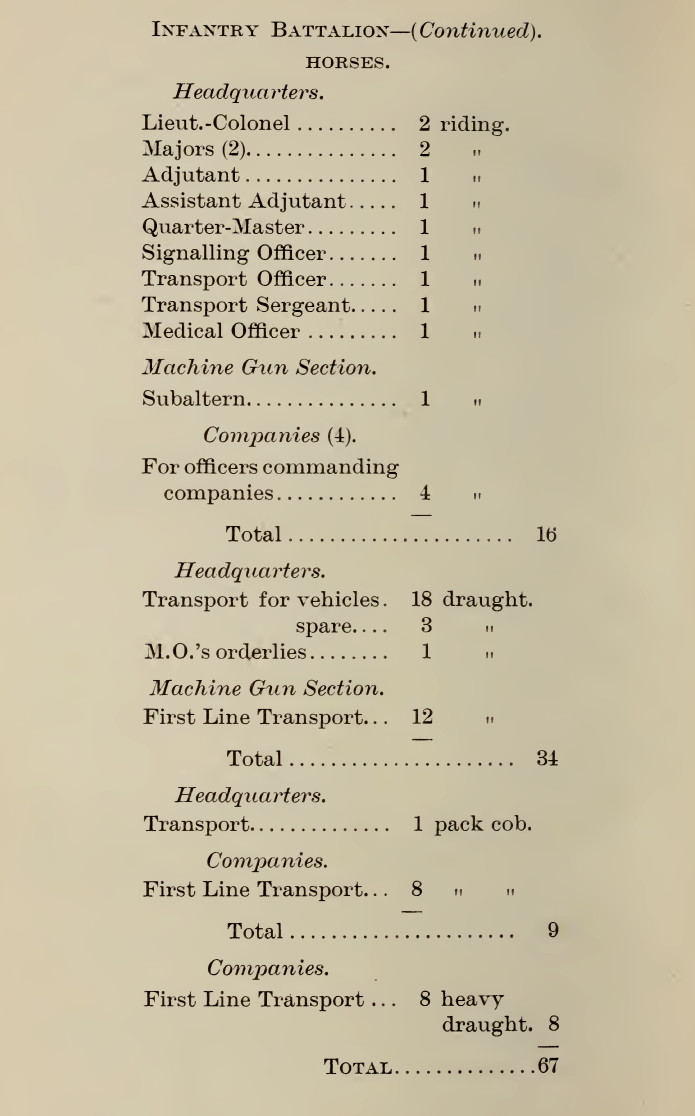
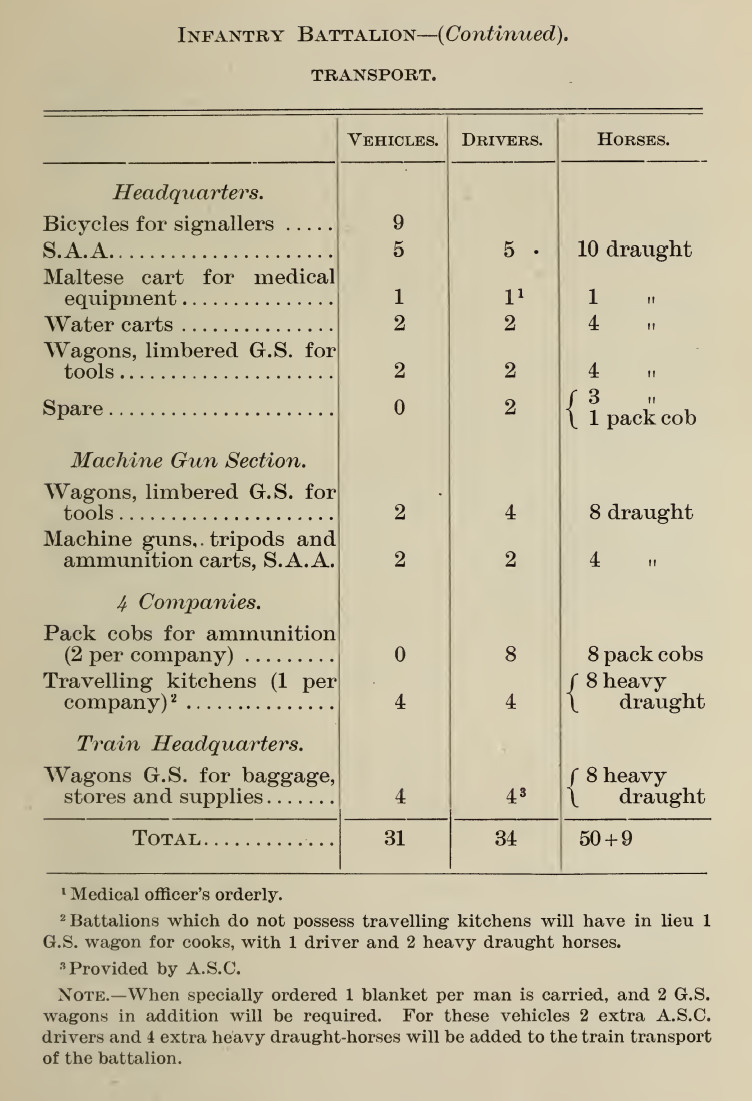


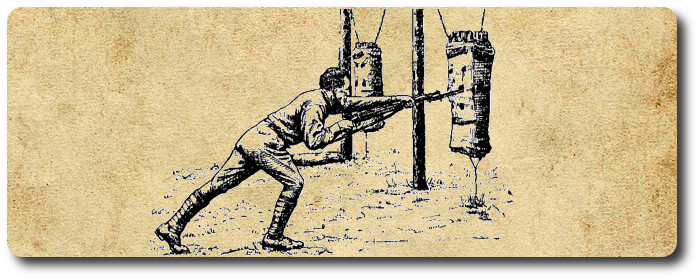
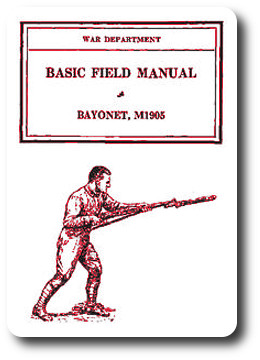 Washington, Sept. 20.—The General Staff of the army is hard at work on the new manuals for the sabre and the bayonet for the army. Hitherto these manuals have called for much skill on the part of enlisted men, so much, indeed, that few of them can acquire the art of wielding either weapon in a satisfactory manner. It is proposed to omit from the manuals everything of a fancy fencing character, such as is taught in the private drillrooms. It is intended that there shall be a return to the simplest methods, and that everything shall be on the most practical and useful basis. Both weapons are meant for use in time of war, and especially is this so of the bayonet. The officers who have been on duty in Manchuria with the Russian and Japanese armies are furnishing special reports to the General Staff on the subject, and such experts as Captain Herman J. Koehler, the master of the sword at the Military Academy, and Civil Engineer Cunningham, of the navy, who is an expert swordsman, and who had charge of the Naval Academy fencing last year, are also giving valuable advice along the line indicated. The War Department recently adopted a new type of sabre, which will be kept with a sharpened edge and carried in a wooden scabbard. A new bayonet was adopted several weeks ago, based on the results of the observations of our military attaches with the troops in Manchuria. The sabre and bayonet are therefore of fighting value, and the manual will be of a kindred practical spirit.
Washington, Sept. 20.—The General Staff of the army is hard at work on the new manuals for the sabre and the bayonet for the army. Hitherto these manuals have called for much skill on the part of enlisted men, so much, indeed, that few of them can acquire the art of wielding either weapon in a satisfactory manner. It is proposed to omit from the manuals everything of a fancy fencing character, such as is taught in the private drillrooms. It is intended that there shall be a return to the simplest methods, and that everything shall be on the most practical and useful basis. Both weapons are meant for use in time of war, and especially is this so of the bayonet. The officers who have been on duty in Manchuria with the Russian and Japanese armies are furnishing special reports to the General Staff on the subject, and such experts as Captain Herman J. Koehler, the master of the sword at the Military Academy, and Civil Engineer Cunningham, of the navy, who is an expert swordsman, and who had charge of the Naval Academy fencing last year, are also giving valuable advice along the line indicated. The War Department recently adopted a new type of sabre, which will be kept with a sharpened edge and carried in a wooden scabbard. A new bayonet was adopted several weeks ago, based on the results of the observations of our military attaches with the troops in Manchuria. The sabre and bayonet are therefore of fighting value, and the manual will be of a kindred practical spirit.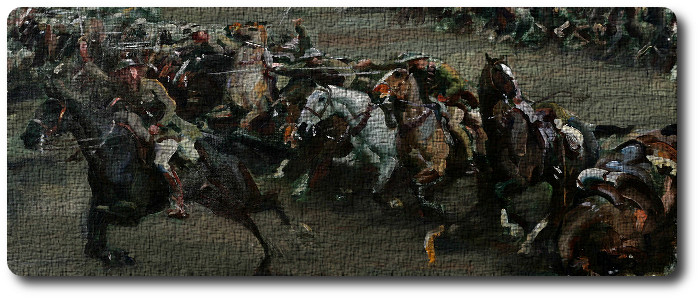
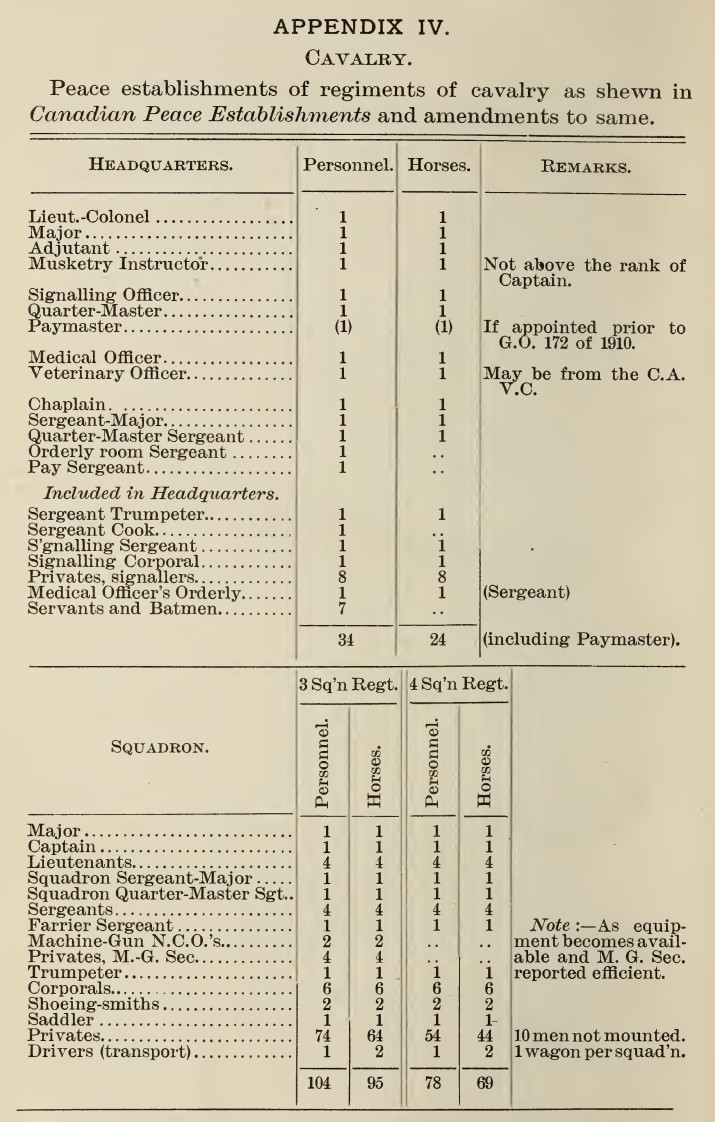

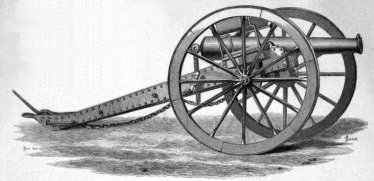 Designation.—Ordnance, wrought Iron rifled, M.L. 9 Pr. 8 cwt.
Designation.—Ordnance, wrought Iron rifled, M.L. 9 Pr. 8 cwt.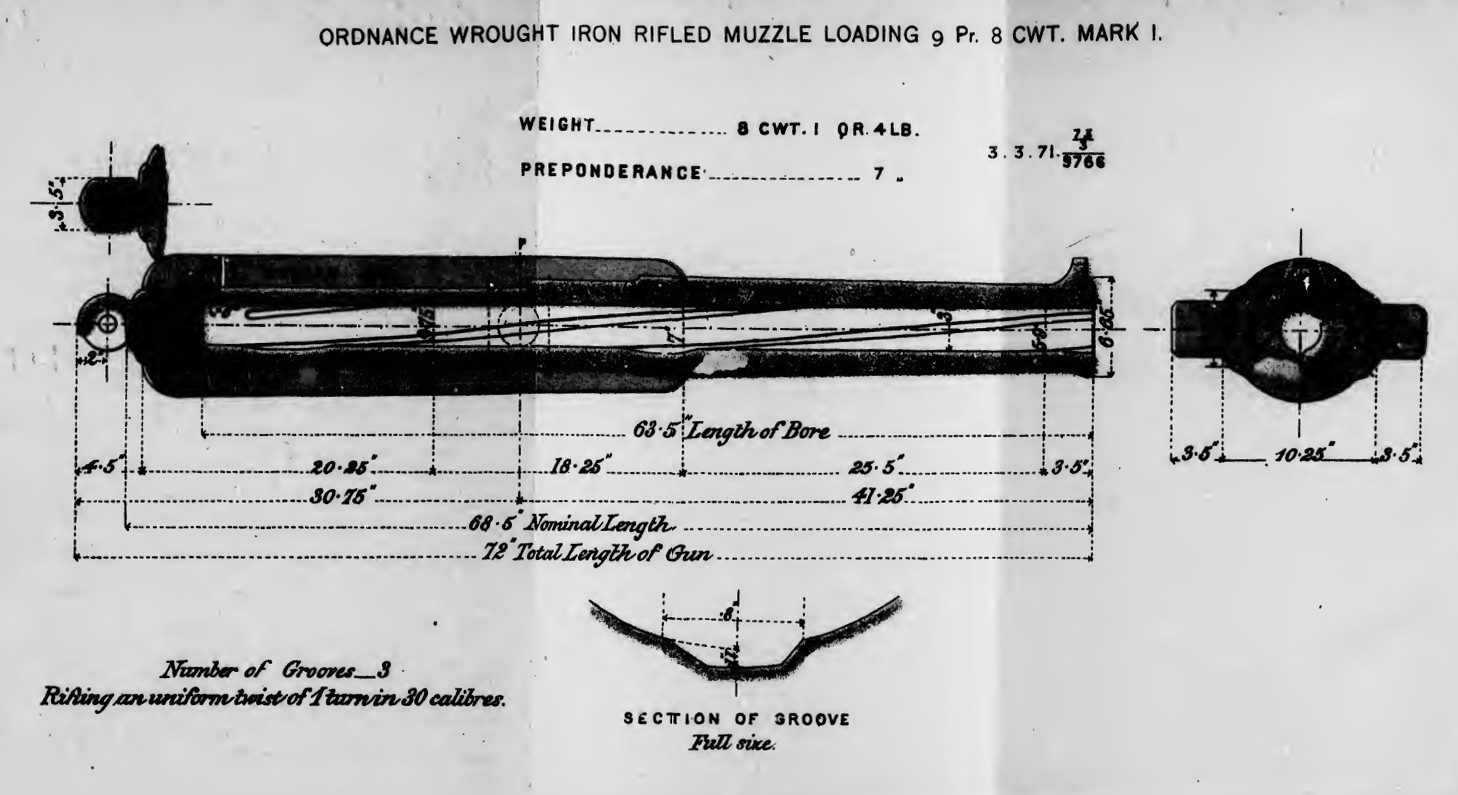

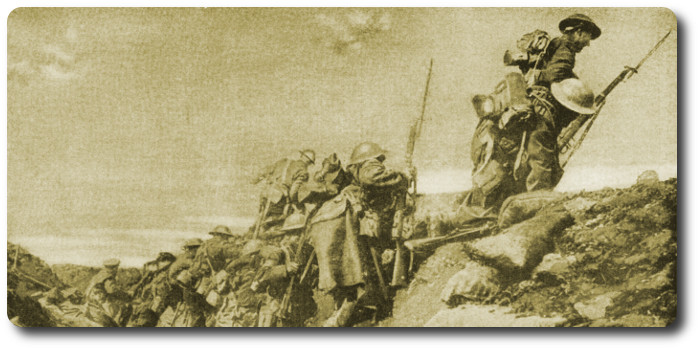
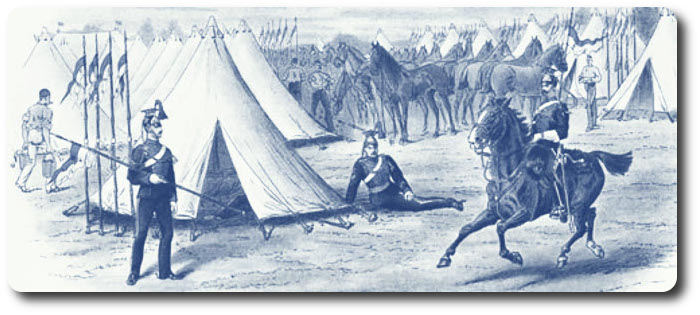
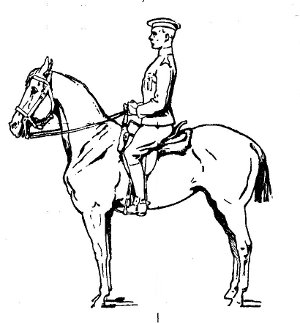 Cavalry.—The horse moves 400 yards at a walk, in about 3.9 minutes; at a trot in about 2 minutes; at a gallop in 1.4 minutes. His stride in walking is about 0.917 yards; at a trot 1.23 yards; at a gallop 3.52 yards. He occupies in the ranks 3 feet; in file 9 feet; in marching 12 feet. The heavy dragoon horse actually carries 270 pounds; if provided with one day's rations, 296 pounds, The light cavalry horse carries from 250 to 260 pounds, rations included. A cavalry horse should weigh about 1,000 pounds; height about 15.3 hands; girth round chest 80 inches. A day's rations for a horse is 10 pounds oats, 12 pounds hay, and 8 pounds straw in stable; 8 pounds oats, 18 pounds hay, 6 pounds straw, in billets; 32 pounds hay where no oats or bran are given; 9 pounds of oats are equal to 14 pounds bran. He will drink about 7 gallons of water daily. A horse should not be watered too early in the morning in cold weather. Horses' backs should be examined closely on saddling and unsaddling the least flinching should be taken notice of, and hot fomentations applied constantly. Kicks and contusions should be treated by hot fomentations, poultices, and cold water. A dose of physic may be necessary, depending on extent of tumefaction and pain. Sprains should be fomented; a dose of physic given, and cold water bandages applied. Cough and cold: soft diet, a fever ball with a little nitre; stimulate or blister the throat, if sore. If bleeding is necessary, rub the neck on the near side close to the throat, until the vein rises; to keep it full, tie a string round the neck, just below the middle; strike the fleam into the vein smartly, with a short stick. If the blood does not flow freely, the blow being properly struck, it may be made do so by holding the head well up, and causing the horse to move its jaws. After a march, first take off the bridles, tie up horses by headstall chains; loosen girths, turn up crupper and stirrups; sponge nostrils and eyes, and rub the head with a dry wisp; pick and wash feet, and give hay; wipe bit and stirrups. After the men have had their meal, saddles are taken off and the horses cleaned, watered, fed, and bedded. Upon the vigour with which grooming is performed, greatly depends the condition of the horse, when exposed to fatigue or exposure to the weather. Hand rubbing the legs and ears, not only till they are dry, but until the blood circulates freely, should be particularly observed.
Cavalry.—The horse moves 400 yards at a walk, in about 3.9 minutes; at a trot in about 2 minutes; at a gallop in 1.4 minutes. His stride in walking is about 0.917 yards; at a trot 1.23 yards; at a gallop 3.52 yards. He occupies in the ranks 3 feet; in file 9 feet; in marching 12 feet. The heavy dragoon horse actually carries 270 pounds; if provided with one day's rations, 296 pounds, The light cavalry horse carries from 250 to 260 pounds, rations included. A cavalry horse should weigh about 1,000 pounds; height about 15.3 hands; girth round chest 80 inches. A day's rations for a horse is 10 pounds oats, 12 pounds hay, and 8 pounds straw in stable; 8 pounds oats, 18 pounds hay, 6 pounds straw, in billets; 32 pounds hay where no oats or bran are given; 9 pounds of oats are equal to 14 pounds bran. He will drink about 7 gallons of water daily. A horse should not be watered too early in the morning in cold weather. Horses' backs should be examined closely on saddling and unsaddling the least flinching should be taken notice of, and hot fomentations applied constantly. Kicks and contusions should be treated by hot fomentations, poultices, and cold water. A dose of physic may be necessary, depending on extent of tumefaction and pain. Sprains should be fomented; a dose of physic given, and cold water bandages applied. Cough and cold: soft diet, a fever ball with a little nitre; stimulate or blister the throat, if sore. If bleeding is necessary, rub the neck on the near side close to the throat, until the vein rises; to keep it full, tie a string round the neck, just below the middle; strike the fleam into the vein smartly, with a short stick. If the blood does not flow freely, the blow being properly struck, it may be made do so by holding the head well up, and causing the horse to move its jaws. After a march, first take off the bridles, tie up horses by headstall chains; loosen girths, turn up crupper and stirrups; sponge nostrils and eyes, and rub the head with a dry wisp; pick and wash feet, and give hay; wipe bit and stirrups. After the men have had their meal, saddles are taken off and the horses cleaned, watered, fed, and bedded. Upon the vigour with which grooming is performed, greatly depends the condition of the horse, when exposed to fatigue or exposure to the weather. Hand rubbing the legs and ears, not only till they are dry, but until the blood circulates freely, should be particularly observed. 